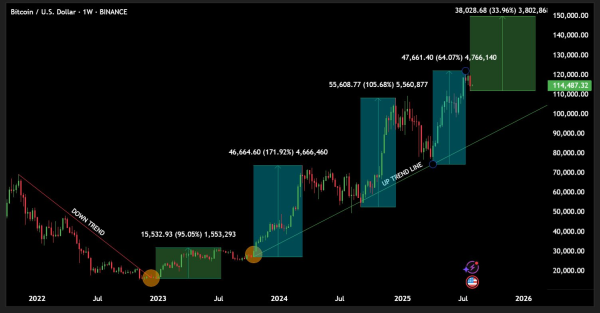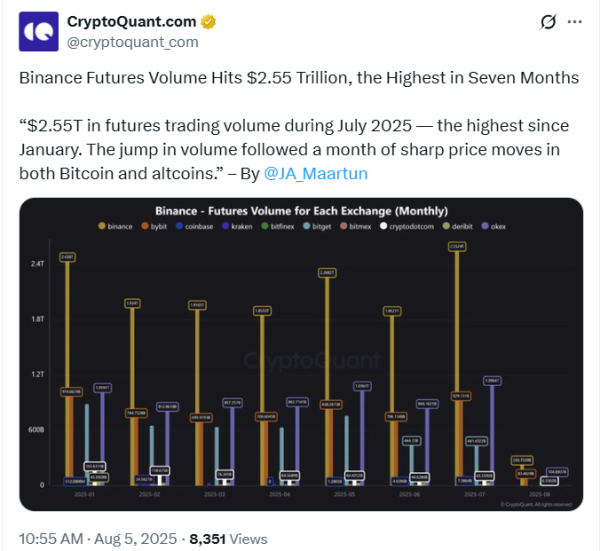Bitcoin May Come Under Pressure from Corporate Selloff

There are 156 public companies in the market that have adopted a bitcoin investment strategy and are accumulating BTC on their balance sheets. At first glance, it may seem that institutional interest is growing, but recent data indicates that the situation is becoming more tense. Several indicators signal possible market congestion
The founder of the investment fund Capriole, Charles Edwards, drew attention to the changes. In his X, he told whether investors should continue to count on the support of institutional investors.
Decline in institutional demand
Institutional players were recently buying up to 600% of the daily supply of Bitcoin, but today the figure has fallen to 400%, the lowest since March. Although 400% is still a very high level, the slowdown in the pace of purchases indicates a cooling of interest.
 Analysis of Bitcoin purchase volumes by institutional investors. Source: Capriole
Analysis of Bitcoin purchase volumes by institutional investors. Source: Capriole
The number of companies making daily purchases of bitcoin is falling. It is not yet clear whether this is just a local correction or the first signs of market saturation. At the same time, among the companies that have recently made transactions with bitcoin, 93% are buying more than they sell. This can be seen as a positive signal.
The most alarming aspect is the growing share of companies with mNAV (market net asset value) below 1, which has reached a record 27%. This means that the market capitalization of these companies has become less than the value of their bitcoin assets. This situation makes issuing new shares to buy BTC unprofitable and eroding capital. Moreover, if mNAV continues to decline, companies may have an incentive to sell bitcoin rather than buy it in order to buy back their own shares.
 mNAV. Source: Capriole
mNAV. Source: Capriole
Charles Edwards also drew attention to Mean Days Cover (MDC). The metric shows how many days it will take a company to recoup its current market capitalization at the rate it is currently buying Bitcoin.
- If MDC is low, it means that at the current rate, the company's purchases quickly justify their capitalization. In theory, this should please investors, but historically, low MDC has more often coincided with local market peaks, after which a decline began.
- If MDC is high, the company needs more time to justify its capitalization. At first glance, this is worse, but in practice, high MDC is more common at market lows and at the beginning of new uptrend cycles.
In other words, MDC works more as a sentiment indicator: low readings often signal an overheated market, while high readings signal periods of undervaluation and potential for growth. Unfortunately, at the time of writing, investors are seeing a low MDC.

Conclusions
There are warning signs emerging in the market, the main one being the growing share of companies with mNAV < 1. The change in the metric threatens both individual companies and the entire sector of corporate bitcoin holders.
On the one hand, aggregate buying activity remains high — companies are still buying volumes that exceed the daily supply several times. On the other hand, local metrics like MDC and mNAV indicate that the risks of bitcoin sales by corporations are increasing.
So far, we can only talk about a local correction, but if the trend continues, the market risks facing additional selling pressure, which will amplify any decline in the price of Bitcoin.
Source: cryptonews.net



